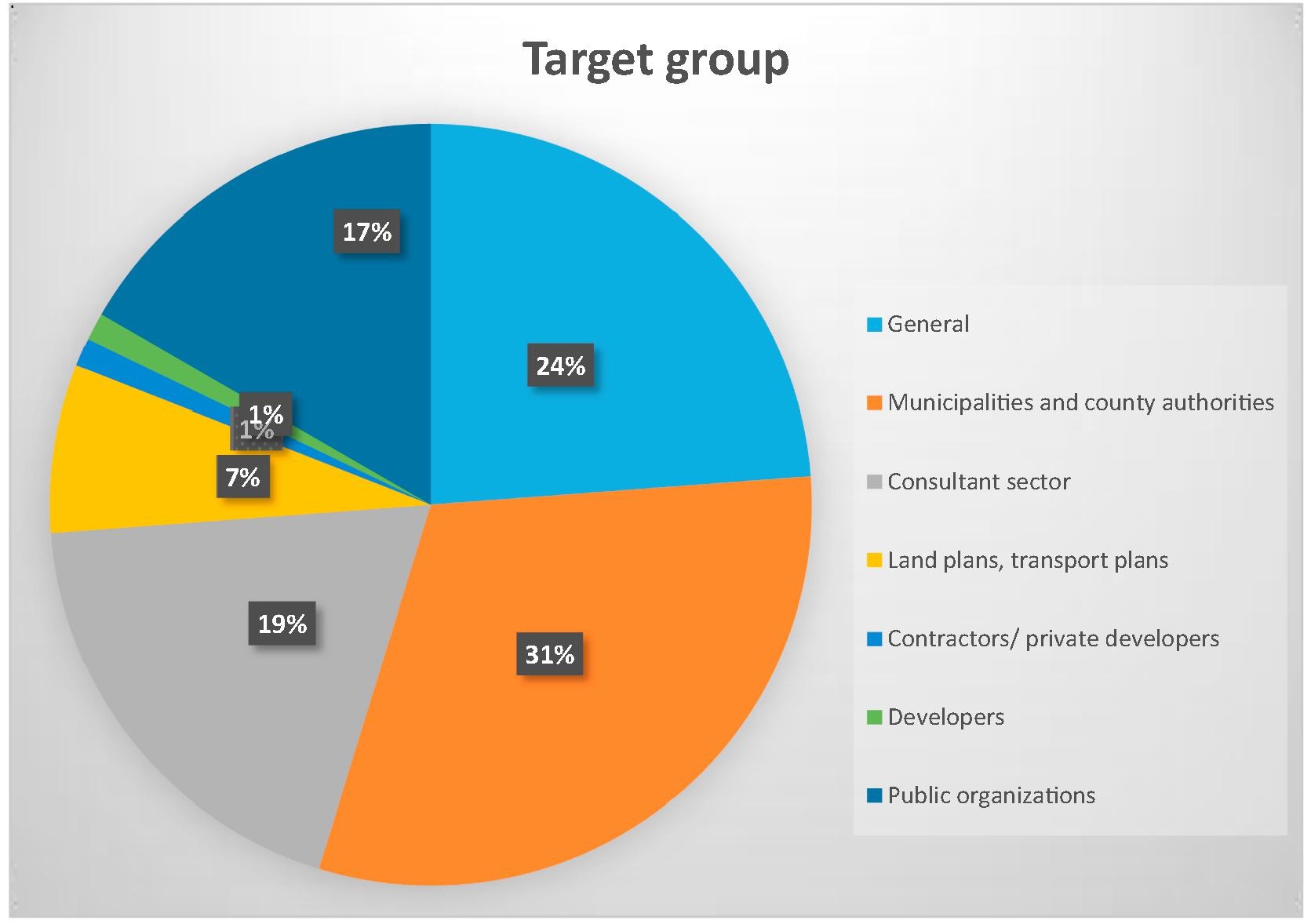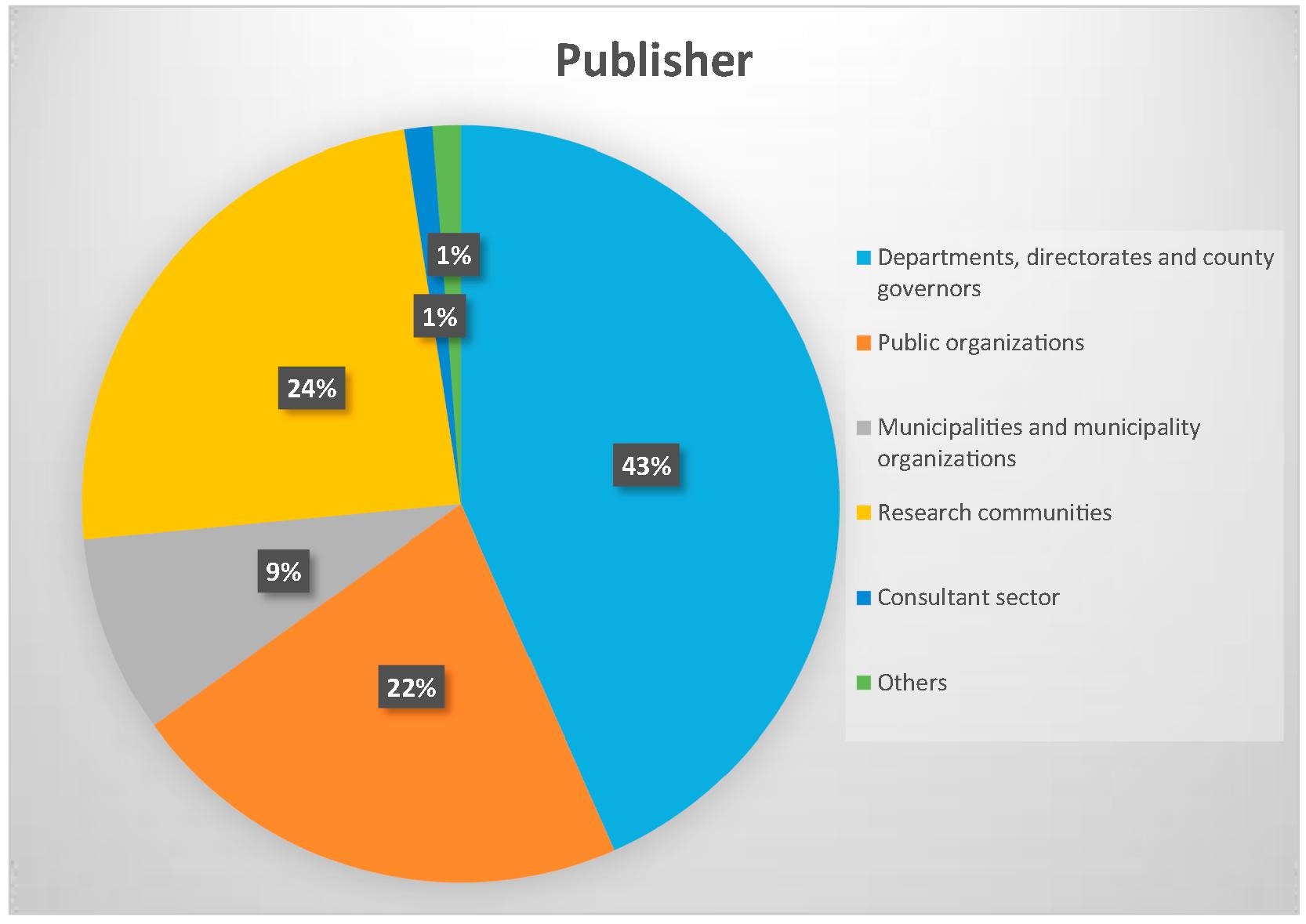Guidance documents
Most external available guidance documents are developed for broad user groups. A general dilemma is that these documents contain a lot of background information about climate changes, consequences, risks and uncertainty. This is of course important, however the users are more in need of description of practical measures that easily can be implemented in planning and contracts. Background information should rather be support literature.
We recommend that future guidance documents communicate measures as efficient as possible, since what characterizes the users' daily work and demand attention, are other topics than climate adaptation. The guidance documents should also be adapted to the tools and working methods that the users already possess. We recommend that web based guidance documents are given a new form, enabling instant and intuitive location of definite measures, instead of imputing the reading of several pages in order to find what you are looking for. Interactive, web based guidance may give such possibilities.
Networking and education is of great relevance for guidance documents to be disseminated, known and used. In order for the guidance documents to be adopted, he stakeholders must have a genuine need for the information. Thus, the stakeholders have a responsibility for the consequences of the decisions they make, and that they are aware this responsibility. The use of the guidance documents is therefore also influenced by insurance systems and economic consequences.
An overview of guidance material on climate adaptation of the built environment, supplemented with findings on the same topic from interviews with experts in the field, is given in Klima 2050 Report 3 (in Norwegian).
Scientific basis
Hauge, Å.L, Almås, A-J, Flyen, C, Stoknes, P.E & Lohne, J: User guides for the climate adaptation of buildings and infrastructure in Norway – Characteristics and impact. Climate Services 2017, Vol 6, p. 23-33; doi:10.1016/j.cliser.2017.06.009, ISSN 2405-8807




